Economic Factors
Economic factors are crucial in influencing the Australia Clothing Market. In 2025, the Australian economy is projected to experience moderate growth, which may lead to increased disposable income for consumers. This economic environment could result in higher spending on clothing, particularly in the mid to premium segments. Additionally, fluctuations in currency exchange rates may impact the pricing of imported clothing, affecting consumer choices. Brands that strategically position themselves to leverage economic trends are likely to thrive. Moreover, the ongoing focus on local manufacturing may gain momentum as consumers seek to support domestic businesses, further shaping the market landscape.
Cultural Influences
Cultural influences play a significant role in the Australia Clothing Market. The diverse cultural landscape of Australia fosters a rich tapestry of fashion trends, with various ethnic communities contributing to the overall style narrative. In 2025, it is anticipated that multiculturalism will continue to shape consumer preferences, leading to a demand for clothing that reflects individual identities. This cultural dynamism encourages brands to embrace inclusivity and diversity in their marketing strategies. Furthermore, collaborations with local artists and designers may become more prevalent, allowing brands to tap into unique cultural expressions. As a result, the Australia Clothing Market is likely to witness a vibrant fusion of styles that resonate with a broad audience.
Sustainability Initiatives
The Australia Clothing Market is increasingly influenced by sustainability initiatives. Consumers are becoming more environmentally conscious, leading to a demand for eco-friendly materials and ethical production practices. In 2025, approximately 60% of Australian consumers express a preference for sustainable clothing options, indicating a shift in purchasing behavior. Brands that adopt sustainable practices not only enhance their market appeal but also contribute to a positive brand image. This trend is likely to drive innovation in materials and processes, as companies strive to meet consumer expectations while adhering to environmental regulations. The emphasis on sustainability may also lead to collaborations between brands and environmental organizations, further solidifying the industry's commitment to responsible practices.
Technological Advancements
Technological advancements play a pivotal role in shaping the Australia Clothing Market. The integration of artificial intelligence and machine learning in supply chain management enhances efficiency and reduces costs. In 2025, it is estimated that 40% of clothing retailers in Australia will utilize AI-driven analytics to optimize inventory management and personalize customer experiences. Additionally, the rise of e-commerce platforms has transformed the retail landscape, allowing brands to reach a broader audience. Virtual fitting rooms and augmented reality applications are becoming more prevalent, providing consumers with innovative shopping experiences. These technological developments not only streamline operations but also cater to the evolving preferences of tech-savvy consumers.
Changing Consumer Preferences
Changing consumer preferences significantly impact the Australia Clothing Market. The trend towards casual and comfortable clothing continues to gain traction, with 55% of Australians indicating a preference for athleisure and relaxed styles in 2025. This shift is driven by lifestyle changes, including remote work and a focus on wellness. Brands that adapt to these preferences are likely to capture a larger market share. Furthermore, the demand for personalized and unique clothing items is on the rise, prompting retailers to offer customizable options. This evolution in consumer behavior necessitates a responsive approach from brands, ensuring they remain relevant in a competitive market.


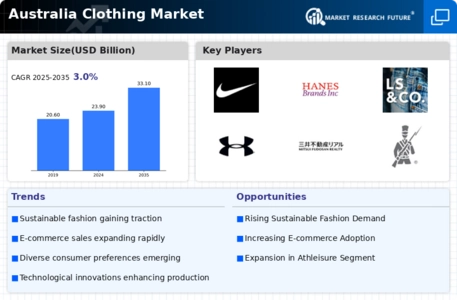


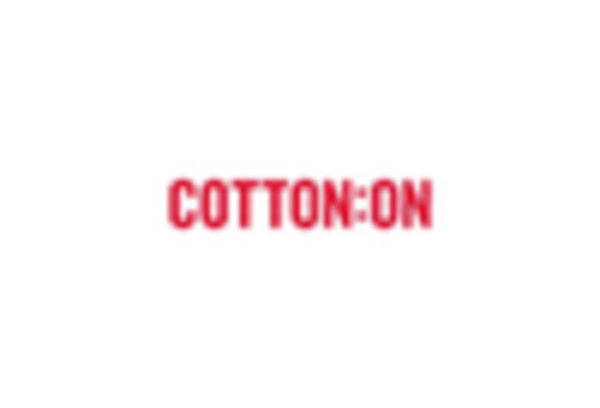
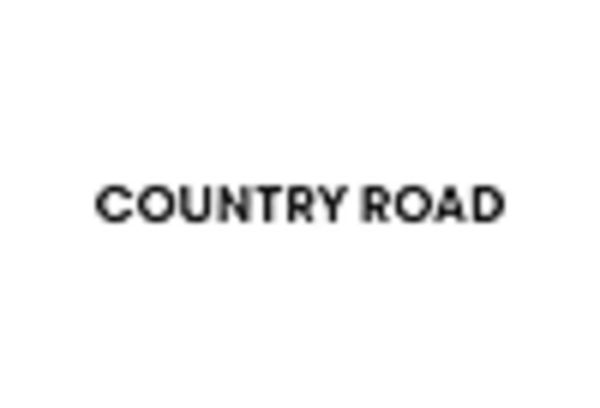
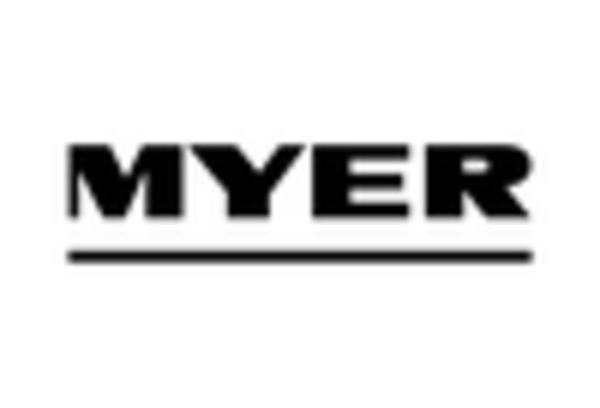

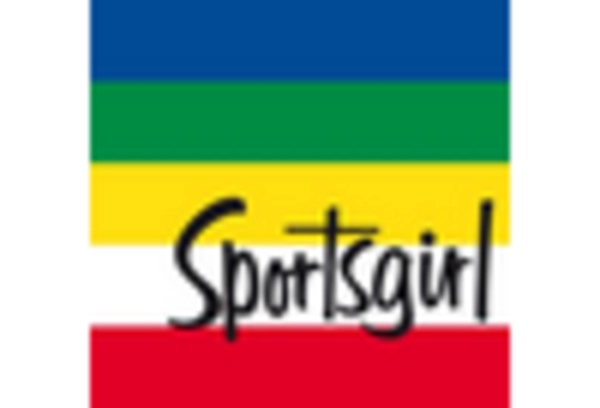








Leave a Comment